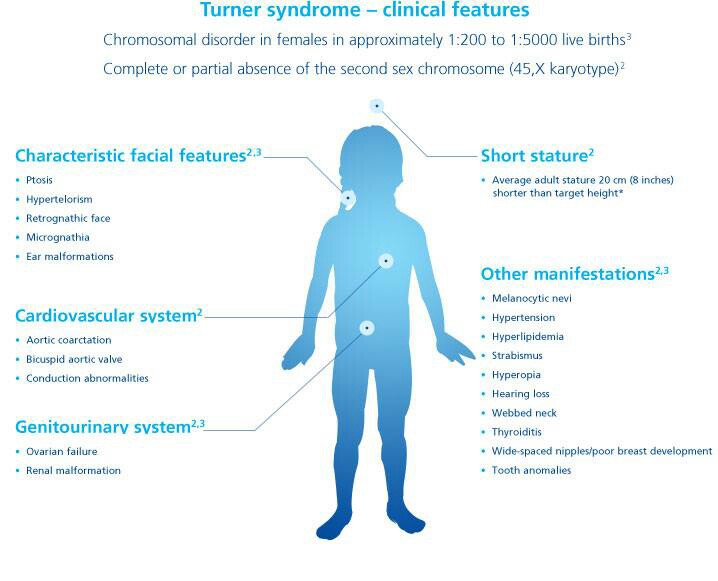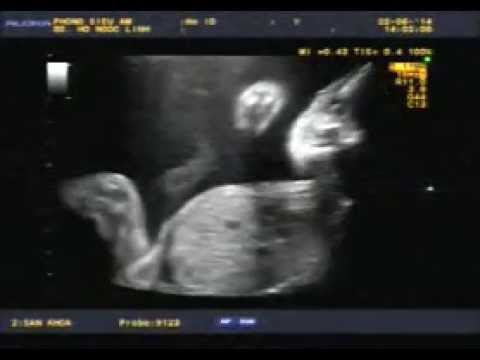Thalassaemia is the name for a group of inherited conditions that affect a substance in the blood called haemoglobin.
People with the condition produce either no or too little haemoglobin, which is used by red blood cells to carry oxygen around the body. This can make them very anaemic (tired, short of breath and pale).
It mainly affects people of Mediterranean, South Asian, Southeast Asian and Middle Eastern origin.
There are a number of types of thalassaemia, which can be divided into alpha and beta thalassaemias. Beta thalassaemia major is the most severe type. Other types include beta thalassaemia intermedia, alpha thalassaemia major and haemoglobin H disease.
It’s also possible to be a “carrier” of thalassaemia, also known as having the thalassaemia trait. Thalassaemia carriers don’t have any serious health problems themselves, but are at risk of having children with the condition.
Symptoms of thalassaemia
Most people born with thalassaemia experience problems from a few months after birth. Less severe cases may not be noticeable until later in childhood or even until adulthood.
The main problems associated with thalassaemia are:
- anaemia – severe tiredness (fatigue), weakness, shortness of breath, noticeably pounding, fluttering or irregular heartbeats (palpitations), and pale skin caused by the lack of haemoglobin
- excess iron in the body – this is caused by the regular blood transfusions used to treat anaemia and it can cause problems with the heart, liver and hormone levels if untreated
Some people experience other problems such as delayed growth, weak and fragile bones (osteoporosis), and reduced fertility.
Read more about the symptoms of thalassaemia.
Causes of thalassaemia
Thalassaemia is caused by faulty genes that affect the production of haemoglobin.
A child can only be born with the condition if they inherit these faulty genes from both parents.
For example, if both parents have the faulty gene that causes beta thalassaemia major, there’s a 25% chance of each child they have being born with the condition.
The parents of a child with the condition are usually carriers of thalassaemia (see below). This means they only have one of the faulty genes that causes the condition.
Read more about the causes of thalassaemia.
Screening and testing for thalassaemia
Thalassaemia is often detected during pregnancy or soon after birth.
Screening for thalassaemia in pregnancy is offered to all pregnant women in England to check if there’s a risk of a child being born with the condition, and some types may be picked up during the newborn blood spot test (heel prick test).
Blood tests can also be carried out at any age to check for the condition or to see if you’re a carrier of a faulty gene that causes it.
Read more about screening and testing for thalassaemia.
Treatments for thalassaemia
People with thalassaemia major or other serious types will need specialist care throughout their lives.
The main treatments are:
- Blood transfusions – regular blood transfusions are given to treat and prevent anaemia; in severe cases these are needed around once a month.
- Chelation therapy – treatment with medications to remove the excess iron from the body that builds up as a result of having regular blood transfusions. Some people experience a build-up of iron even without transfusions and need treatment for this.
Eating a healthy diet, doing regular exercise and not smoking or drinking excessive amounts of alcohol can also help to ensure you stay as healthy as possible.
The only possible cure for thalassaemia is a stem cell or bone marrow transplant, but this isn’t done very often because of the significant risks involved.
Read more about how thalassaemia is treated and living with thalassaemia.
Outlook for thalassaemia
Although the main problems associated with thalassaemia can often be managed with treatment, it’s still a serious condition that can have a significant impact on a person’s life.
Even in mild cases with few symptoms, there’s still a risk you could pass on a more serious form of the condition to your children.
Without close monitoring and regular treatment, the most severe types can cause serious organ damage and can be life-threatening.
In the past, severe thalassaemia was often fatal by early adulthood. But with current treatments, average life expectancy is expected to increase significantly, with people likely to live into their 50s, 60s and beyond.
Carriers of thalassaemia (thalassaemia trait)
A carrier of thalassemia is someone who carries at least one of the faulty genes that causes thalassaemia, but doesn’t have the condition themselves. It’s also known as having the thalassaemia trait.
People with this trait won’t develop severe thalassaemia, but are at risk of having a child with the condition if their partner is also a carrier.
You can request a blood test to check if you’re a carrier of thalassaemia from your GP surgery or nearest sickle cell and thalassaemia centre.
Read more about being a thalassaemia carrier.




